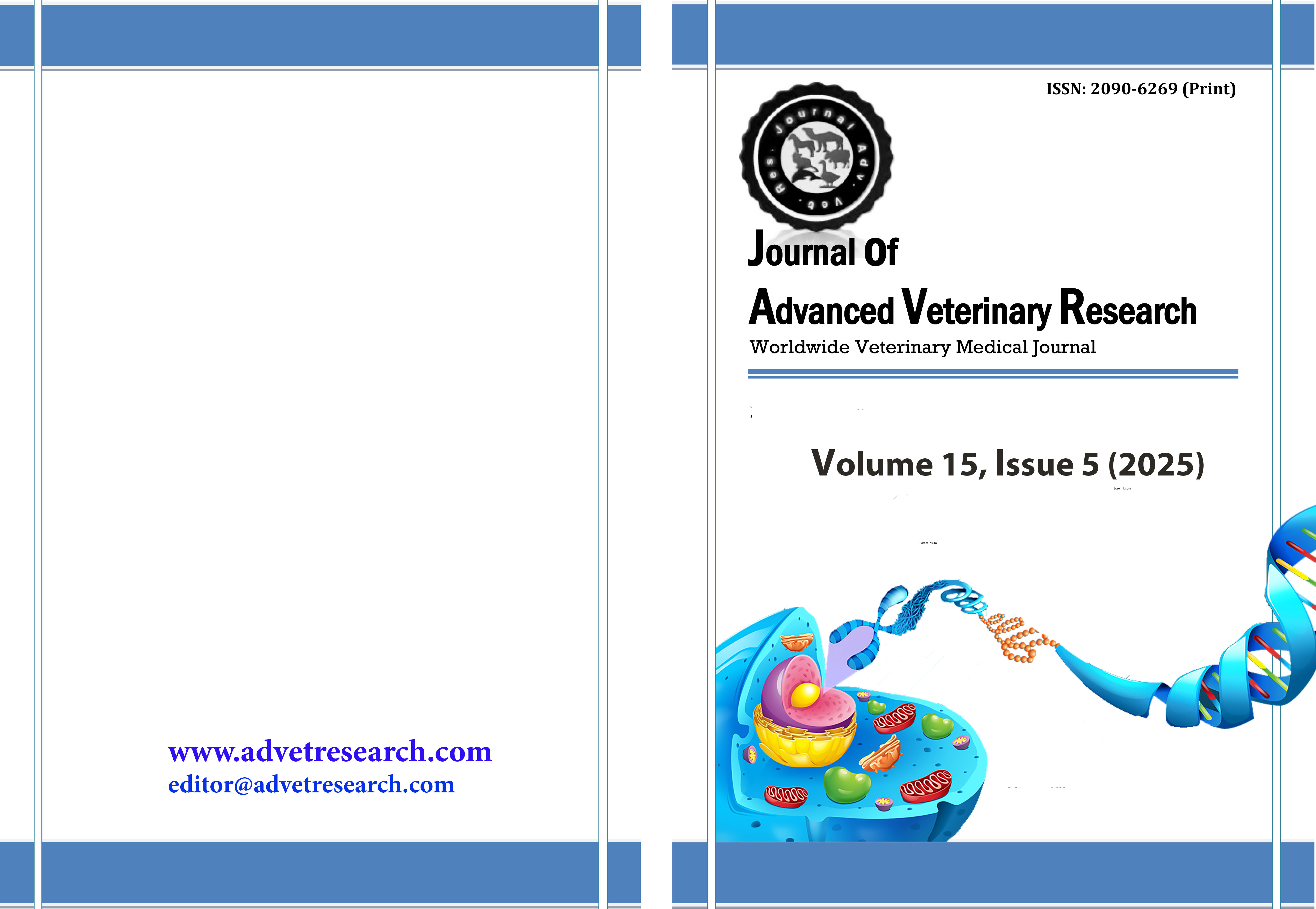Effect of various incubation time on proximate component of fermentation process of ammoniated palm dregs using Aspergillus niger starter
Keywords:
Ammoniation, A. niger, Fermentation, Incubation time, Palm dregs, Proximate componentAbstract
This study aimed to examine the effect of various fermentation times on proximate component of the fermentation process of ammoniated palm dregs using Aspergillus niger starter; conducted at Feed Technology Laboratory, and Feed Science Laboratory, Faculty of Animal and Agricultural Sciences, Universitas Diponegoro, Semarang. This study used ammoniated palm dregs (ammonia content was 5% DM substrate) and A. niger starter. This study employed a completely randomized design (CRD) with three treatments and five replications. The treatments applied were different fermentation times, including: T0 = 0 days fermentation time, T1 = 3 days fermentation time, T2 = 6 days fermentation time. Parameters observed were proximate component consisting of moisture, ash, crude protein (CP), ether extract (EE), crude fiber (CF), and nitrogen-free extract (NFE). Analysis of variance was used to examine the data, followed by Duncan's multiple range test at 95% significance level. Results showed that different fermentation times significantly affected (P<0.05) all proximate components. Longer fermentation times decreased moisture, EE, CF, and NFE content, while increasing ash and CP content. The 6-day fermentation treatment resulted in the lowest moisture (50.37%), EE (0.65%), and CF (22.98%) content, and the highest ash (1.68%) and CP (20.04%) content. In conclusion, increasing the fermentation time to 6 days improved the nutritional value and quality of palm dregs by increasing ash and CP content and decreasing moisture, EE, CF, and NFE content, making it a suitable ruminant feed.
Downloads
Published
How to Cite
Issue
Section
License
Copyright (c) 2025 Journal of Advanced Veterinary Research

This work is licensed under a Creative Commons Attribution-NonCommercial-NoDerivatives 4.0 International License.
Users have the right to read, download, copy, distribute, print, search, or link to the full texts of articles under the following conditions: Creative Commons Attribution-NonCommercial-NoDerivatives 4.0 International (CC BY-NC-ND 4.0).
Attribution-NonCommercial-NoDerivs
CC BY-NC-ND
This work is licensed under a Creative Commons Attribution-NonCommercial-NoDerivatives 4.0 International (CC BY-NC-ND 4.0) license




